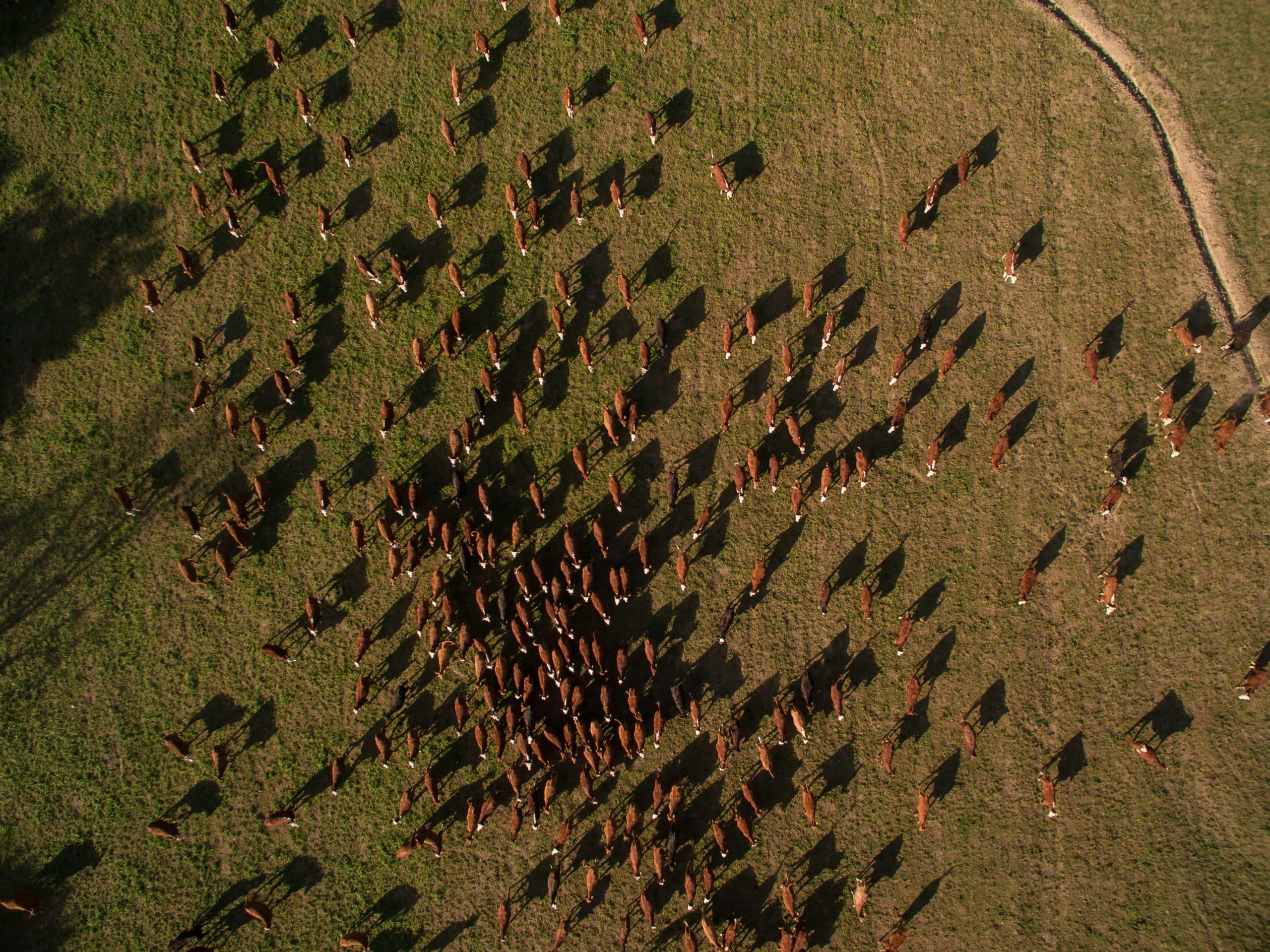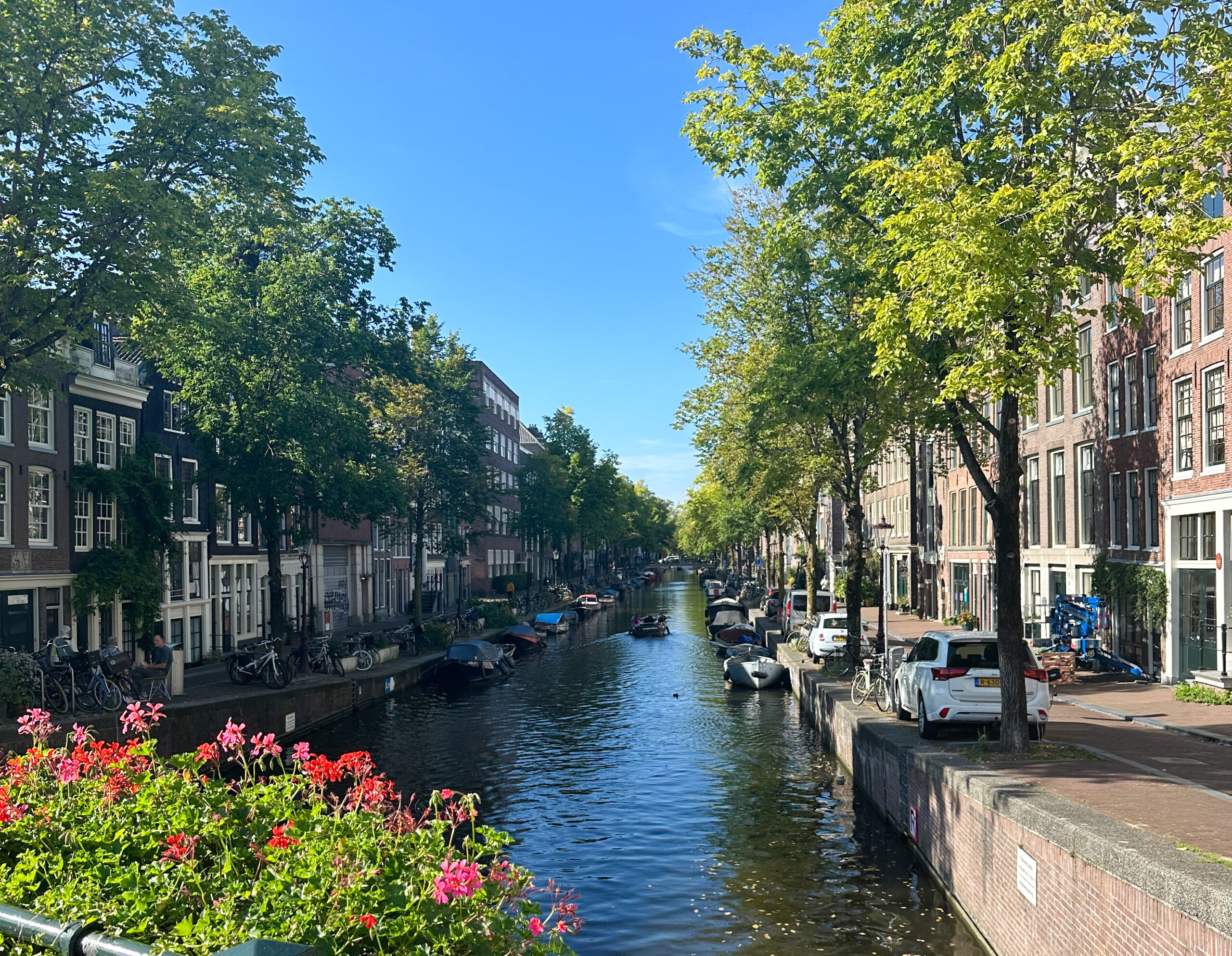Can humanity survive without climate security, forests, and a sufficient water supply? The answer is obvious, but the main causes of the degradation of our natural environment are not. The meat industry’s impact on climate change, though it is not widely publicized, is comparable to that of the fossil fuel industry. Beyond its effects on the climate, the meat industry is also a threat to the world’s forests and fresh water supply. How can changing your diet help prevent disastrous climate change and the degradation of the world’s natural resources?
The impact of the meat industry on climate
The fossil fuel industry is not the only industry that is setting the course of our planet on a path to disaster. A study published by the American Institute of Agriculture and Trade Policy found that even if the energy and transport sectors successfully cut their emissions in line with the Paris Climate Agreement, we will still fail to prevent catastrophic climate change as long as the livestock sector carries on with business as usual. According to recent studies, the three biggest meat companies emitted quantities of greenhouse gasses comparable to some of the world’s biggest oil companies. 1 If the demand for animal products continues to rise, the livestock sector as a whole could consume 80% of the planet’s annual greenhouse gas budget by 2050. 2
Pastures or Forests?
Since the last ice age, four-fifths of all forests have been destroyed or are no longer intact – and the production of meat along with livestock feed is one the main contributing factors. 3 4 Pastures occupy more than 26% of the planet’s terrestrial ice-free surface, making the livestock sector the single largest user of land resources on the planet.5 If the rates of deforestation associated with animal farming activities continue to grow, soon the amount of land used for pasture will exceed the amount of land occupied by the world’s forests (which corresponds to 30% of the world’s terrestrial surface).
Water Depletion
A third of the world’s freshwater is used in order to produce animal products.6 The efficiency of our water usage can improve if we decrease the demand for animal products. Any animal product has a higher food-related water impact than that of a wisely chosen plant-based product with equivalent nutritional value. A single kilocalorie of animal products requires about 2.5 liters of water on average, while plant-based products such as cereals, roots, fruits, and vegetables, use only about half a liter of water per kilocalorie.7
Plant-based Diet and Sustainability
ProVeg helps to increase awareness of the environmental impacts of eating meat and to incentivize people to adopt a more plant-based diet. Decreasing the demand for animal products can lower the greenhouse gasses emissions associated with the meat industry and ultimately help our society to prevent disastrous climate change. In addition, moving towards a more plant-based diet can decrease the demand for pastures and reduce our food-related water footprint. Learn more about how to increase sustainability on your plate.
Let’s change our diet, not the climate! You can make a difference. Please sign the petition to the United Nations to put animal agriculture onto the Climate Agenda at COP24.
Words by Karina Vieira
References
- GRAIN. Big meat and dairy’s supersized climate footprint. (GRAIN, IATP and Heinrich Böll Foundation, 2017).
- IATP. Emissions impossible: How big meat and dairy are heating up the planet. (Institute of Agriculture and Trade Policy, 2018)
- Hirschberger, P. & Schweiz, W. W. F. Die Wälder der Welt – ein Zustandsbericht: Globale Waldzerstörung und ihre Auswirkungen auf Klima, Mensch und Natur. (2011)
- Brack, D., Wellesley, L. & Glover, A. Agricultural Commodity Supply Chains: Trade, Consumption and Deforestation. (2015)
- Food and Agriculture Organization. The State of Food and Agriculture 2009: Livestock in the Balance. (Food & Agriculture Org, 2009).
- Gerbens-Leenes, P. W., Mekonnen, M. M. & Hoekstra, A. Y. The water footprint of poultry, pork and beef: A comparative study in different countries and production systems. Water Resources and Industry 1-2, 25–36 (2013).
- Hoekstra, A. Y. The hidden water resource use behind meat and dairy. Animal Frontiers 2, 3–8 (2012)










